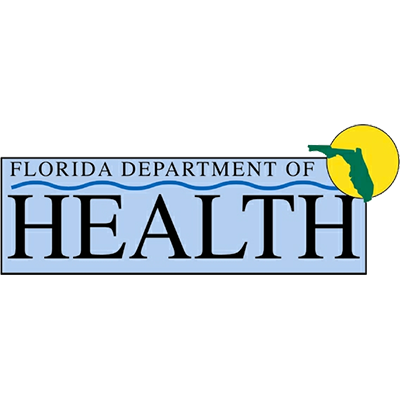If you or a family member are searching for drug detox programs in Florida, or anywhere in the country, Post-Acute Withdrawal Syndrome, or PAWS, is something you may be learning more about in the near future. The process of drug detoxification is an early and important step in treatment, most people who are trying to stop using drugs will experience withdrawal syndrome. Withdrawal syndrome is the cluster of acute symptoms that make the first week or ten days of detoxification so uncomfortable for many patients. These symptoms are usually things like nausea, vomiting, akinesia, insomnia, muscle pain, cold chills, runny nose, watery eyes, and there are many more. These early withdrawal symptoms can often be overpowering without medical intervention and supervision, but PAWS is the name for the more long-lasting effects of taking drugs for a long time and then stopping. The symptoms of withdrawal that a person fights in detox are mostly physical symptoms, sometimes like the bad flu, but the symptoms of PAWS are more mood-oriented or psychological. Mood problems, surfacing up to a year after quitting drugs, can be incredibly difficult to diagnose as being connected to the original decision to stop using, but that is why it is so important to understand what PAWS look like. Alcohol, marijuana, cocaine, opiates, benzodiazepines, and other addictive drugs have all been positively linked to PAWS in patients who have successfully completed a drug detox program. It is important to understand that overcoming PAWS and staying clean, is a natural part of becoming a person who can stay sober long term because the effects of PAWS come from the chemical imbalances that occur in the brain after long periods of drug use. PAWS can be a major factor in a relapse, or you can understand and concur Post-Acute Withdrawal Syndrome and stay sober.
The fact that the PAWS symptoms are so different from early acute withdrawal symptoms is a factor in why PAWS is less understood, so I will go through some of the major symptoms of PAWS. An article published by Hazelden puts it this way,
“In order to minimize the risk of relapse, it’s important to recognize that many of the unpleasant or uncomfortable sensations and feelings you experience in early recovery could be symptoms of PAWS. It’s also important to understand that PAWS symptoms are temporary.”
And here are the most common symptoms that are mentioned in the same article. Foggy thinking, unusual memory problems, urges and cravings, irritability, hostility towards others, insomnia, vivid dreams, fatigue, fine motor function issues, stress, anxiety, panic, depression, and mood swings. This is a vastly different list than the early detox list of symptoms, and some of these may be more common or less common depending on the drug that a person has stopped using. In my article on alcohol and the brain, I mentioned that fine motor functions are something that alcohol can damage, and sometimes they never recover. We can imagine that issues with motor function related to PAWS may be more likely with people who have stopped drinking. People who take opiates and benzodiazepines for long periods often depend on those drugs for sleep on a nightly basis, so we could imagine sleeplessness or insomnia might be more prevalent in those people who have quit opiates and benzos, but PAWS is not perfectly understood at this point. The best thing a person entering a drug detox program can do is educate themselves about PAWS and understand the differences between early withdrawal and post-acute withdrawal.



